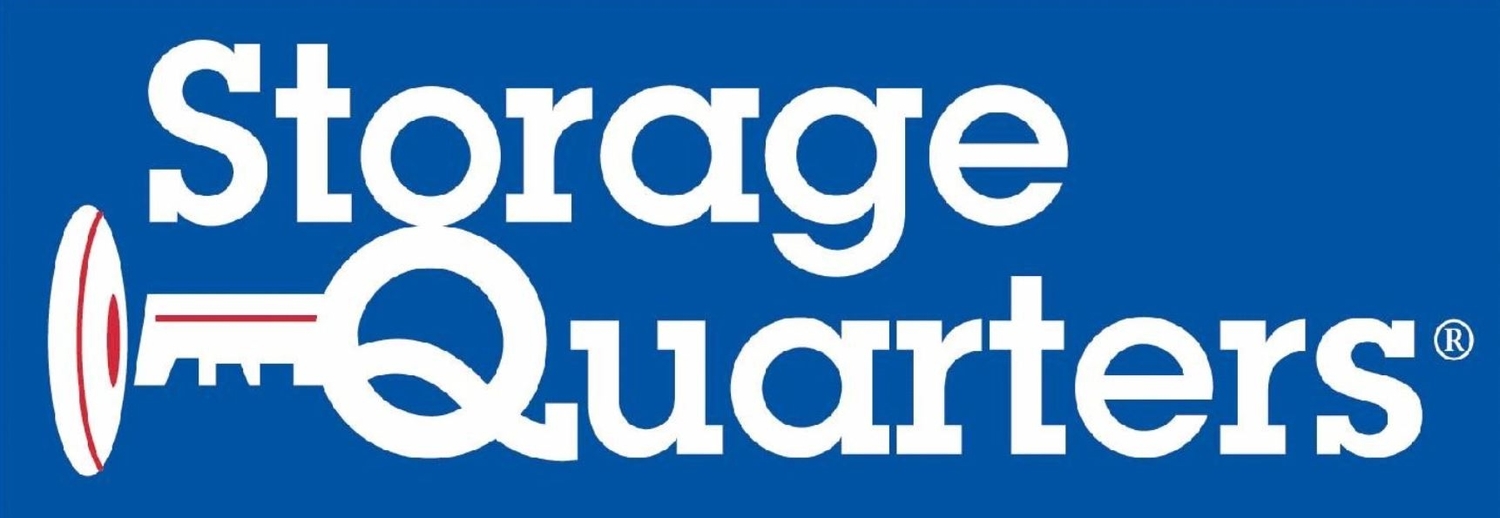It seems like data breaches are in the news all the time, mostly large-scale incidents like corporate data going public and individual identity theft. For both individuals and companies, it comes down to taking proper safeguards – especially with hard copies of information that could easily be "rescued" from the garbage.
Converting your documents to a digital format gives you the ability to both secure and work with the data. But what about the hard copies left over at the end of the process?
What Are the Different Types of Shredding?
There are four different types of shredding, based on how finely each shreds documents and on their method of doing so.
Strip Cut - This is the least expensive, most rapid, and least secure. In this process the paper is cut into strips – usually approximately 2 millimeters wide.
Cross Cut - This process cuts the paper both lengthwise and widthwise, resulting in tiny squares that look like confetti.
Micro Cut -This is the same process as the crosscut type but resulting in "confetti" that is twice as fine as a crosscut shredder. With the rise in identity theft, this has become the shredder of preference for many wishing to secure their personal info or to preserve their company from liability.
Piece and Tear - Using a system of multiple rotating blades, this type of shredder is not only the most secure but also the best way of dealing with bulk documents or heavier materials like cardboard boxes.
What Is the Best Method of Shredding?
This depends entirely on your situation. If maximum security is the goal, you want a very fine micro cut shredder. On the other hand, if you have multiple boxes of documents you need to dispose of then a pierce and tear shredder designed for bulk may be the way to go.
What Is the Most Secure Way to Shred Documents?
Micro cut (also often referred to as particle cut) is generally considered the top-tier method for data security. While each type can generally produce results that fulfill legal structures, Particle cut – as you might expect from the name – results in the smallest resulting particles and the least chance of the data being reconstructed.
What Are the Requirements for Shredding Medical Documents?
Since some of the most important personal records a person has are their medical records, it is important to be especially careful with their disposal or conversion to digital media. What are the rules for those organizations that have access to it when disposing of that data? The Public Health Information (PHI) must be rendered not only unreadable but made in such a fashion that it cannot be reconstructed.
The U.S. Dept. of Health and Human Services advises "shredding, burning, pulping, or pulverizing" paper records. It also has stringent rules on the destruction of hard drives and other digital media.
Storage Quarters Has Solutions for Your Most Sensitive Data
For more than three and a half decades, Storage Quarters has provided secure and cost-effective information management services to Long Island businesses and consumers, helping to protect your personal information. Our information management specialists are trained in the most current legal regulations about data disposal – including HIPAA compliance requirements.
We are proud to offer a variety of options including pick up and drop off options as well as mobile units that can come to you for larger jobs. Contact Storage Quarters today and let us take the stress out of safeguarding your data.

